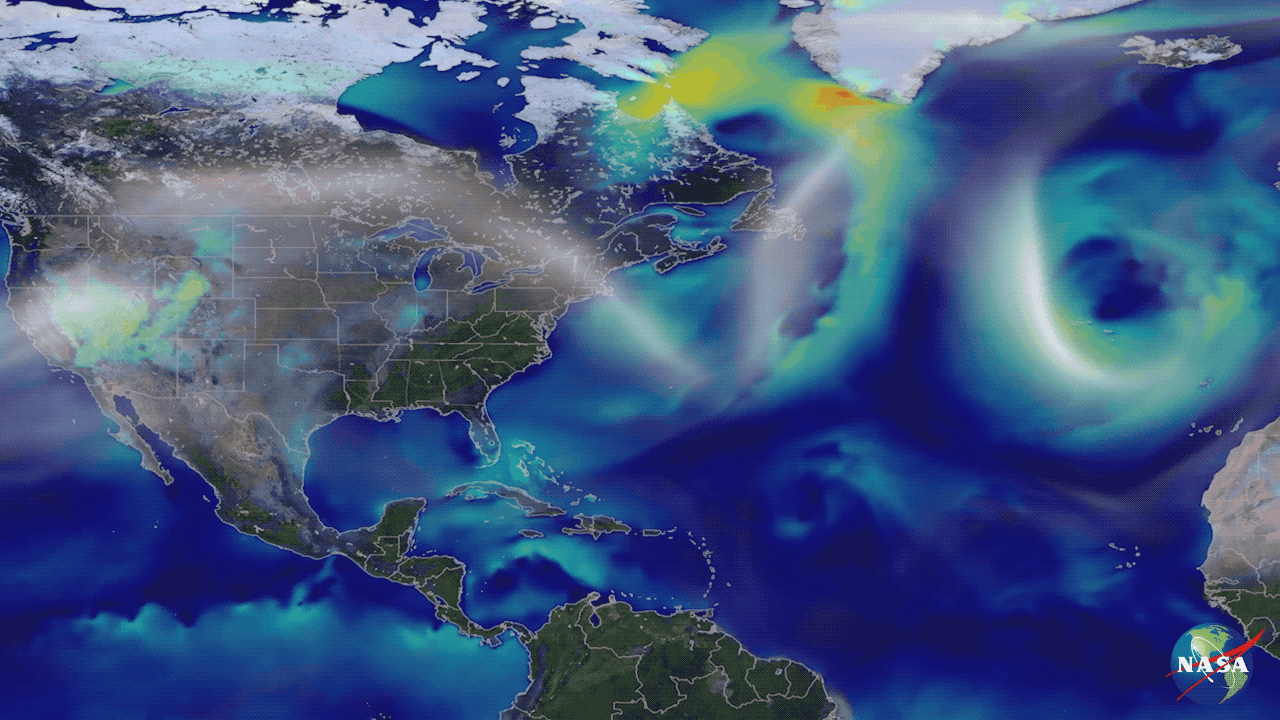
In 2012, one of the largest recorded hurricanes hit New Jersey: Hurricane Sandy. The storm took 30 lives and damaged or destroyed at least 340,000 homes.
More than 2 million people lost power, and Sandy caused an estimated $70 billion in damage in the United States. NASA’s Short-term Prediction Research and Transition Center (SPoRT) gathered satellite imagery and data, providing timely data to forecasters and first responders to enhance preparation and recovery efforts.
In the immediate aftermath of Hurricane Sandy, the SPoRT team rapidly developed a prototype “blackout composite” from near real-time satellite data and produced false-color composites to identify damaged roads and homes across the affected states.
Response teams used these unique data to organize and allocate personnel, equipment and supplies, and to initiate recovery efforts quickly in areas in most need of assistance.
